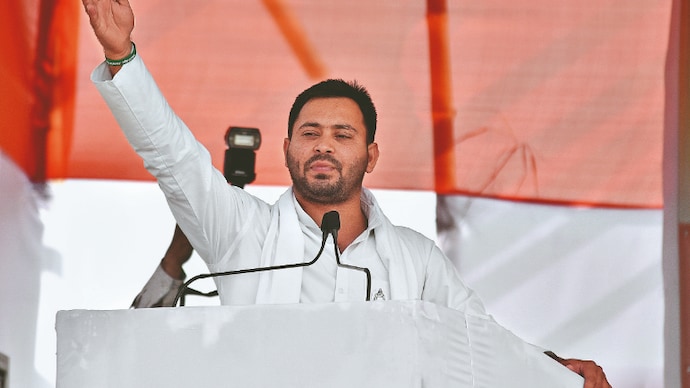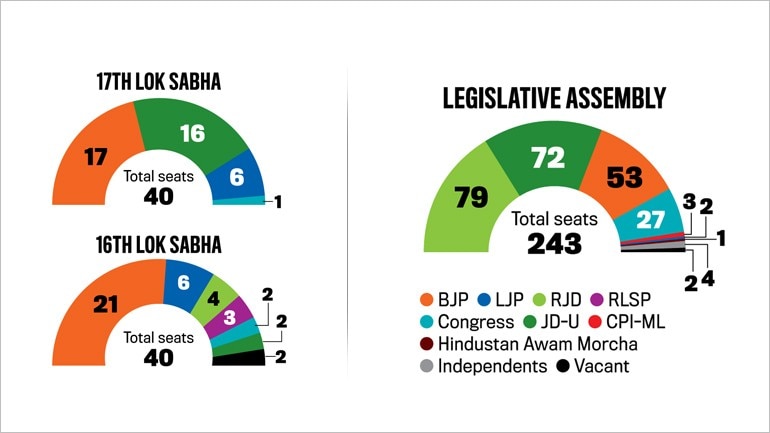Bihar: End of the RJD?
In 2014, the RJD polled 7,224,893, or 20.46 per cent, of the votes in Bihar. This time, they have 6,270,107, or 15.04 per cent, of the vote share.

By afternoon on May 23, Rashtriya Janata Dal (RJD) chief Lalu Prasad, undergoing treatment in Ranchi while serving time in the fodder scam cases, had turned off the TV, skipped lunch and gone for a siesta. His Twitter handle, full of catchy one-liners and ready wit, has also been silent since, and it hadn’t perked up till the time of filing this report.
Lalu has many reasons to worry. Since forming the RJD in 1997, this has been the first general election when the party has failed to win even a single Lok Sabha seat in Bihar. Ironically, with 81 MLAs in the 243-member assembly, the RJD is still the largest party in Bihar.

That status might not prevail for long. An assessment of the voting pattern reveals that the RJD-led grand alliance has fallen behind the NDA in 73 of the 81 assembly segments. It includes Mahua, Lalu’s elder son Tej Pratap’s constituency. The RJD’s lead over the NDA in younger son Tejashwi’s assembly seat of Raghopur is a slender one.
In 2014, the RJD polled 7,224,893, or 20.46 per cent, of the votes in Bihar. This time, they have 6,270,107, or 15.04 per cent, of the vote share. The results are demoralising. We knew of the NDA’s social consolidation the moment Nitish Kumar left the grand alliance.
This is going by the 2014 numbers, in which the BJP had 29.9 per cent of the vote, the JD(U) 16.04 per cent and the LJP 6.5 per cent, says a senior RJD leader on condition of anonymity. The NDA had a formidable vote share of 52.4 per cent. In 2019, the NDA has won 53.3 per cent of the votes.
He adds, The RJD knew that with its 2014 vote share, largely from Muslims and Yadavs, it was no match for the NDA. The way out was to empower leaders from other social groups, specially from the Economically Backward Classes (EBCs). Instead, the party outsourced the responsibility to untested leaders like Mukesh Sahni, Jiten Manjhi and Upendra Kushwaha. When they failed, we failed too.
Earlier, when the RJD had the opportunity to have other groups represented in the Rajya Sabha, it instead picked Misa Bharti and Ram Jethmalani in 2016 and Manoj Kumar Jha and Ashfaque in 2018. The JD(U), by contrast, still has two EBC leaders (Ram Nath Thakur and R.C.P. Singh) in the Upper House.
The RJD’s Yadav-Muslim base (30 per cent of the electorate) has failed to stop Nitish in successive state polls because he has forged a similar consolidation of EBCs and Mahadalits.
